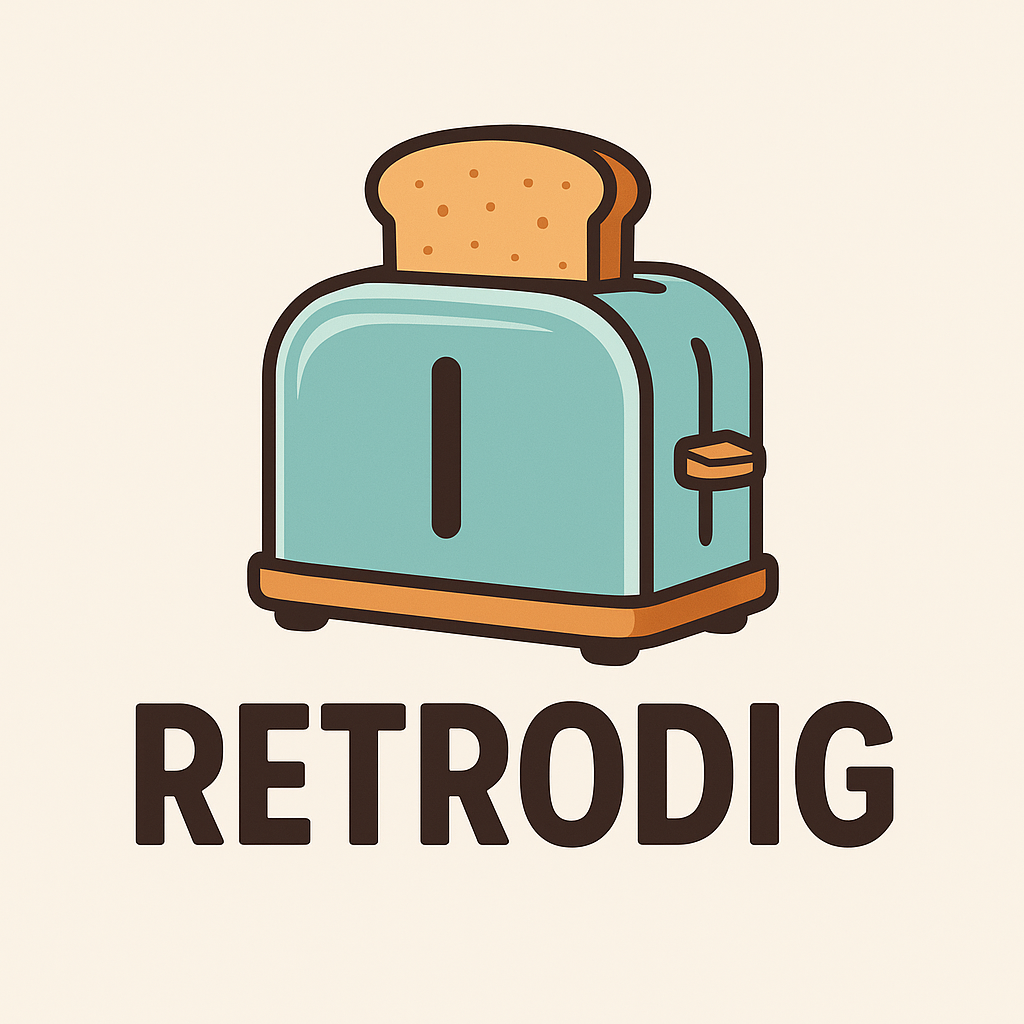When it comes to durability, retro toasters and modern toasters could not be more different. Vintage appliances were often built to last decades, while many modern models focus on convenience, affordability, and sleek design. If you are debating whether to invest in a restored retro toaster or buy a brand-new one, it helps to understand the strengths and weaknesses of each.
Retro toasters, especially those made between the 1930s and 1960s, were built with heavy-duty materials like stainless steel, chrome, or enamel-coated steel. They often had solid mechanical switches, durable springs, and fewer electronic components that could fail over time. Because they were designed before the era of planned obsolescence, manufacturers made them to withstand daily use for years. It’s not unusual to find a vintage toaster that still works perfectly after sixty or seventy years with only minor maintenance. Their weight and sturdiness are clear signs of quality compared to many lightweight plastic toasters you see today.
Modern toasters, on the other hand, are built for mass production and quick replacement. Most affordable models are made with plastic shells, thin wiring, and lightweight metal parts. While this makes them cheaper and easier to manufacture, it also means they tend to wear out much faster. Heating elements can burn out, levers can break, and crumb trays can warp after just a few years of use. Higher-end modern toasters, often marketed as premium appliances, do use stronger materials and can last longer, but even those rarely reach the lifespan of a vintage unit.
Performance also plays a role in durability. Retro toasters were designed for simplicity—often with just a lever and a timer mechanism. Fewer moving parts meant fewer chances of malfunction. Modern toasters, however, frequently include digital timers, LCD screens, multiple browning modes, and even smart functions like Bluetooth connectivity. While these features are convenient, they introduce more components that can fail over time. A faulty circuit board is far harder to fix than a worn-out spring.
Another key factor is repairability. Vintage toasters were built with screws and parts that could be replaced or adjusted. If a spring wore out or a cord frayed, owners could repair them without much difficulty. Replacement parts were straightforward, and the machines were meant to be opened up. Today’s toasters are often sealed with non-removable screws, glued components, or fragile plastic clips that make repairs nearly impossible. This pushes consumers to replace rather than repair, further shortening the life cycle of modern toasters.
That said, modern toasters do have advantages. They are more energy-efficient, often lighter, and usually come with safety features like automatic shutoff. Many retro models lack these, which can make them more risky if left unattended. In addition, some people prefer the consistency of modern heating elements, which can provide more even toasting than older designs.
So which lasts longer? The clear winner is the retro toaster. While modern toasters offer more convenience and features, their lifespans are measured in years, not decades. A well-maintained vintage toaster can easily outlast multiple modern replacements, and it brings the added charm of classic design. However, for those who prioritize safety, modern features, or ease of purchase, a high-quality modern toaster might still be the better choice.
The bottom line is that retro toasters were built for longevity, while modern ones are built for convenience. If you want a toaster that becomes a long-term part of your kitchen, a restored vintage model is the better investment. If you simply want fast, hassle-free toasting with modern features, be prepared to replace your toaster every few years.
Before you make your final choice, check out our full Retro Toaster Buyer’s Guide. It breaks down everything you need to know about materials, durability, heating performance, and extra features so you can pick the perfect toaster for your kitchen.
